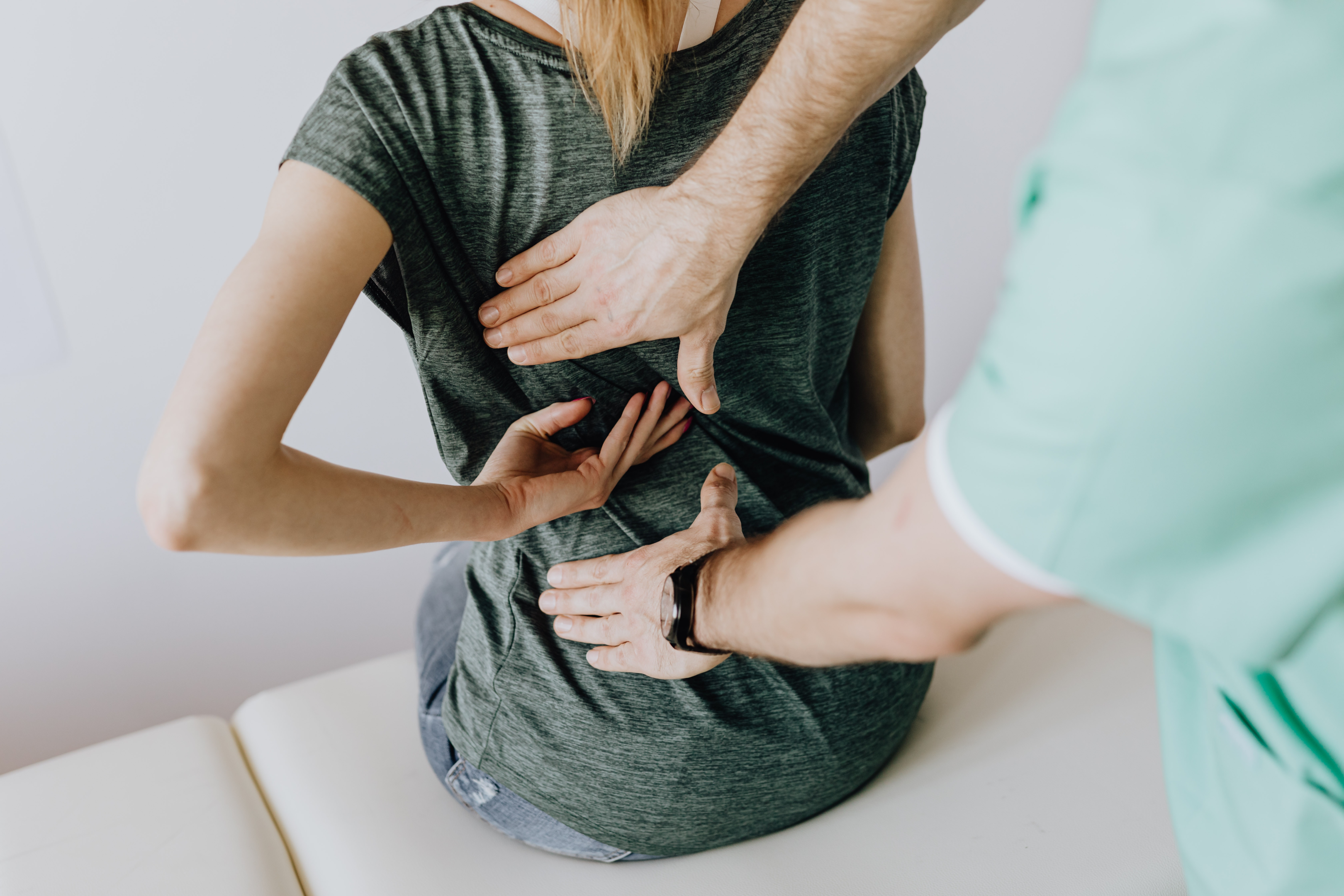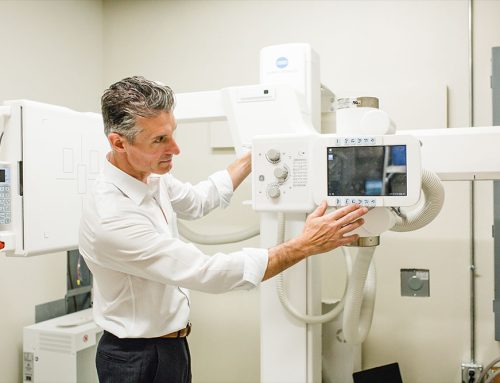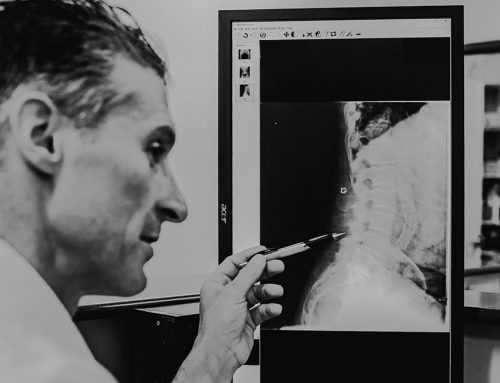
The backbone or the spine consists of small bones, the vertebrae stacked along with the disc, and on top of one another. Now, a healthy spine has gentle curves when viewed from the side. These curves help the spinal canal absorb any stress from gravity and body movement.
On the other hand, when the spine is viewed from the back, the spine is supposed to run straight down to the middle of the back. However, when spine disorders occur, these natural curvatures of the spine become exaggerated or misaligned in some areas. There are three primary types of spine disorders: lordosis, kyphosis, and scoliosis.
Scoliosis
Scoliosis is referred to as the abnormal lateral curvature of the spine. It is diagnosed mostly in childhood and early adolescence. It is not easily noticeable but people with this condition may lean onto one side or might even have uneven shoulders or hips. Most times, only 0.1% of people with scoliosis actually need spine surgery. What you may need might be physical therapy or a minimally invasive procedure such as spinal fusion surgery.
Symptoms of Scoliosis
Most times, scoliosis becomes really apparent from childhood or adolescence. Therefore, the symptoms differ depending on the affected person’s age. The symptoms in adolescence include the following:
- The person’s head may appear a bit from the center.
- The ribs may have slightly different heights on each side.
- One hip may appear more prominent than the other.
- One shoulder may be slightly higher than the other.
- Clothes may not hang evenly.
- The affected person may lean onto one side.
- The person may have slightly different leg lengths.
Some types of scoliosis can also cause mild back pain; this is more common in older adults. On the other hand, the symptoms in infants include the following:
- The baby might lie with the body curved to one side all the time.
- A bulge may appear on one side of the infant’s chest.
- In serious cases, the infant may have problems with the lungs and heart which could lead to chest pain and shortness of breath.
Causes of Scoliosis
Here are some of the possible causes of scoliosis:
Neuromuscular conditions
These conditions usually affect the muscles and spinal nerves which include cerebral palsy, muscular dystrophy, and poliomyelitis.
Congenital scoliosis
This means that the condition has always been present from birth. Although, this spine disorder is usually rare at birth but can occur if the bones in the spine develop abnormally especially when the fetus is growing.
Genes
Many researchers believe that specific genes play a role in the development of this spine disorder.
Syndromic scoliosis
This type of scoliosis may develop as part of a medical condition such as Marfan’s syndrome or neurofibromatosis.
Other causes
Most times, carrying backpacks, connective tissue disorders, poor posture, and injuries can cause scoliosis.
Kyphosis
Our spines have natural curves that support our posture and help people stand straight. However, too much curvature can affect posture negatively and make standing difficult. Kyphosis refers to the excessive curve of your spine which is usually called round back or hunchback, unlike spinal stenosis, that mostly occurs in the lower back and the neck.
People with this spinal deformity have their spine curves appearing more outward than they should be.
Symptoms of Kyphosis
One of the main symptoms of this spine disorder is having a hump or rounded shoulders in your upper back. Kyphosis causes your upper back to look curved over, with your shoulders rounded forward. However, other symptoms include the following:
- Stiffness in your upper back
- Back pain
- Tight hamstrings
- Rounded back
People with a more severe case of kyphosis may have symptoms similar to lumbar disc herniation. However, the symptoms include the following:
- Numb and weak tingling legs
- Severe fatigue
- Pain in their back and shoulder
- Shortness of breath to their spine pressing against the airways
- Balance problems
Causes of Kyphosis
The causes of kyphosis depend on the type, and they include:
Postural kyphosis
This is the most common type of kyphosis and often begins in adolescence. This occurs when the muscles surrounding the spine begin to develop differently due to postural imbalance, like slouching.
Scheunemann’s kyphosis
This also occurs during adolescence and can become more severe than postural kyphosis. It is a result of the structural deformity of the vertebrae.
Congenital kyphosis
This type occurs when the spine does not develop normally before birth. This causes kyphosis at birth and gets worse as you age. This is often treated with minimally invasive spine surgery to help straighten the spinal cord.
Age-related kyphosis
This causes a curve in your spine that progressively gets worse as you grow older. This is often a result of conditions that affect the bone spurs in your spine.
Lordosis
Lordosis also known as Swayback refers to the forward curved spine in your lower back or neck. This type of spine disorder develops when your spine curves too much that it pushes your posture out of its normal alignment. It can affect your neck and lumbar spine and can also lead to excess pressure on your spine which can cause discomfort, herniated disc, lumbar spinal stenosis, and pain. In addition, if left untreated, it can affect your ability to move. You might need surgical treatment to get an artificial disk replacement.
Symptoms of Lordosis
Most times, people don’t have any physical symptoms of lordosis. In fact, you may not know you have it until you are diagnosed. But some of the symptoms include the following:
- Your but sticking out more than usual
- Your hips appear pushed forward
- Your head and neck lean forward than usual
- Extra space between your lower back especially when you lay down
Causes of Lordosis
Some cases of lordosis are usually idiopathic which means there is no defined cause. However, some medical conditions can cause lordosis and they include the following:
- Achondroplasia
- Spondylolisthesis
- Muscular dystrophy
- Kyphosis
- Osteosarcoma
- Static encephalopathy
- Osteoporosis
Get the Best Spine Solution in Brighton, CO
If you have any symptoms relating to any type of spinal disorder and looking for the best spine surgeon and solutions for your problem, Dr. Danniel Possley got you covered.
Contact us today at 303-673-1390.






Leave A Comment